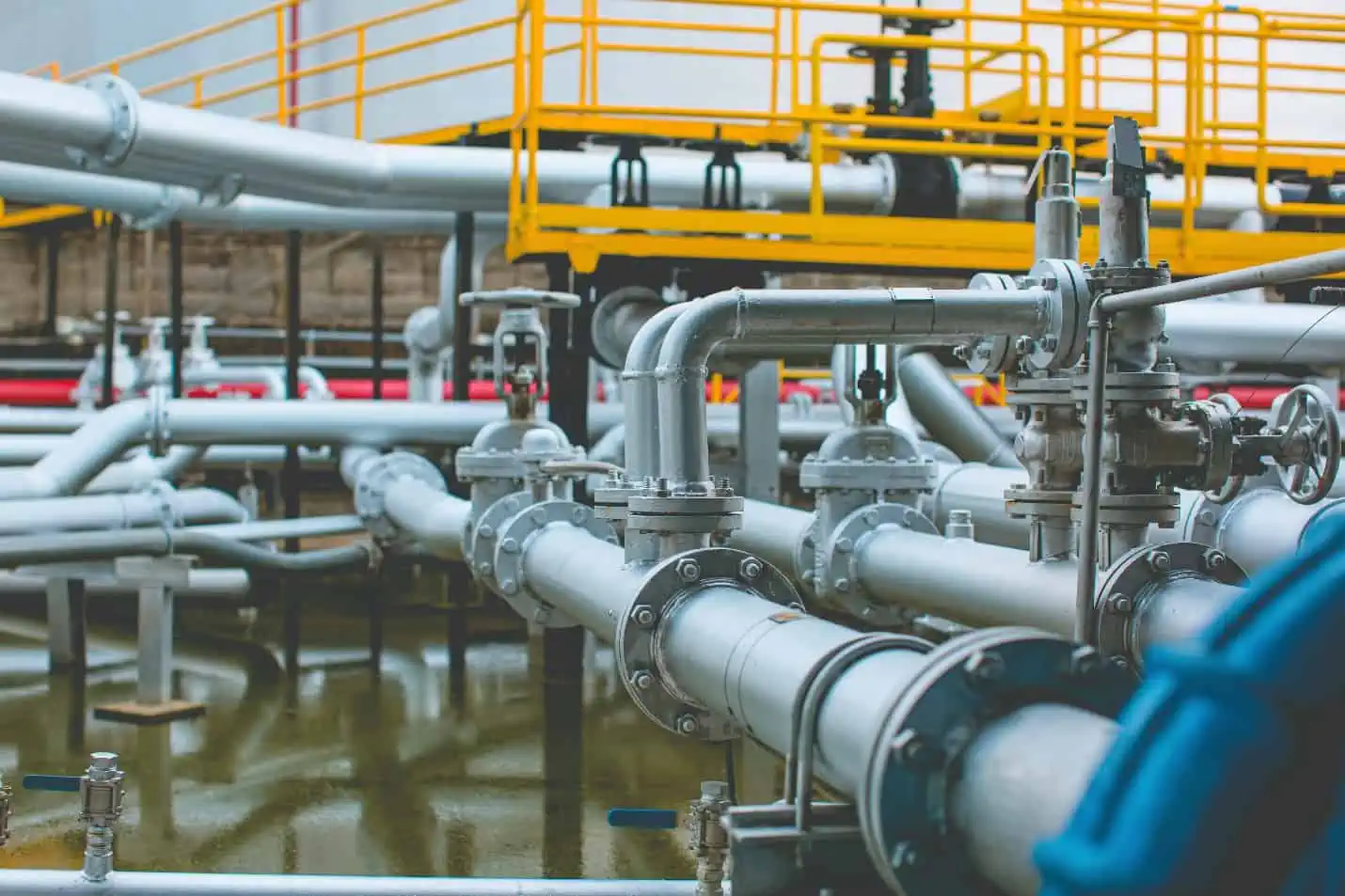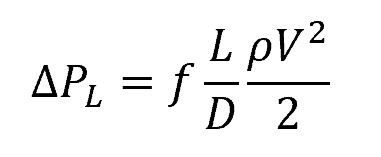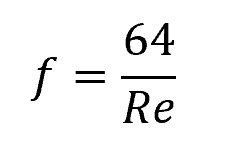Pipe systems, such as those used for water, gas, or oil pipelines, encounter different kinds of losses while in operation. Among these, friction is a significant factor. This article will delve into what frictional loss in pipe flow is, how to calculate it, and ways to minimize it.
Understanding Frictional Loss in Pipe Flow
Frictional loss in pipe flow refers to the energy loss that occurs due to the resistance of the fluid to flow through the pipe. This resistance is caused by the shear forces generated at the pipe wall as the fluid molecules slide past it.

This happens because of the viscous effects of the fluid itself and the adhesion of fluid molecules to the pipe wall. The flow pattern, velocity, and the fluid properties all influence the magnitude of frictional loss.
Frictional loss leads to a decrease in the fluid’s pressure as it flows along the pipe. This decrease in pressure is essential to maintain a continuous and steady flow of the fluid. As the fluid moves from a region of higher pressure to lower pressure due to friction, it loses kinetic energy, which may need to be compensated for by a pump or compressor to maintain the desired flow rate.

Elevate Your Engineering With Excel
Advance in Excel with engineering-focused training that equips you with the skills to streamline projects and accelerate your career.
Calculating Frictional Loss in Pipe Flow
When designing pipe systems, it is crucial to consider frictional loss. This is due to the fact that energy losses could impact the efficiency and sustainability of the entire system. To calculate frictional loss in pipe flow, you need to take into account pipe size, pipe material, and fluid properties.
The Darcy-Weisbach equation, shown below, is a widely used formula to calculate frictional loss in pipe flow. It relates the pressure drop (head loss) to various parameters such as the pipe diameter, fluid velocity, pipe length, and a dimensionless factor known as the Darcy friction factor. This equation allows engineers to determine the energy required to overcome frictional losses.

Where:
- ΔPL = pressure loss due to friction [Pa]
- f = Darcy friction factor [unitless]
- L = length of pipe [m]
- D = hydraulic diameter of pipe [m]
- ρ = density of the fluid [kg/m3]
- V = average fluid velocity [m/s]
The value of the Darcy friction factor depends on pipe roughness and the Reynolds number. For laminar flow in a circular pipe, its value can be calculated using the following equation:

Where:
- Re = Reynolds number [unitless]
For turbulent flow, the Colebrook equation can be used:

Where:
- ε = average height of surface irregularities on the internal pipe wall [mm]
Alternatively, the Moody chart, shown below, can be used to estimate the friction factor.

Taking frictional loss into account when designing pipe systems will ensure proper pressure distribution, minimize energy losses, and optimize system performance. By understanding how to calculate frictional loss, you can create more efficient and sustainable pipe flow systems.
Factors Influencing Frictional Loss in Pipe Flow
There are several factors that influence frictional loss in pipe flow, including the diameter of the pipe, surface roughness of the internal pipe wall, and the velocity of the flow.
Diameter of the Pipe
The diameter of the pipe plays a crucial role in frictional loss. As the diameter increases, frictional loss decreases. This is due to the reduced contact area between the fluid and pipe walls.
Surface Roughness
Surface roughness also affects frictional loss in pipe flow. When the pipe’s surface is rough, friction between the fluid and the pipe walls increases.

To minimize frictional loss in the system, it’s essential to maintain a smooth pipe surface.
Velocity of Flow
The velocity of flow is another significant factor. Higher velocities can cause more friction in the pipe. So, controlling the flow velocity helps in reducing frictional loss in pipe systems.
Minimizing Frictional Loss in Pipe Flow
Reducing frictional loss is essential to optimize the efficiency of fluid transport systems. Engineers employ several strategies to achieve this.
For example, selecting smooth pipe materials such as stainless steel and PVC create less friction compared to rough materials like concrete, resulting in minimal energy loss. You may also use lubricants or coatings to reduce wall roughness.
The pipe diameter also plays a crucial role in minimizing frictional loss. In general, larger diameters offer a more spacious flow area, causing less resistance.
Lastly, you can minimize frictional loss by maintaining lower fluid velocities, which in turn, lessen the turbulent flow. To achieve this, you may have to fine-tune the pump speed or install flow control devices, such as valves or flow meters.
It is important to note that friction is not the only factor that contributes to energy losses in a pipe system. There are other factors, such as the presence of valves and fittings, changes in pipe size and geometry, and heat losses, among others. All of these factors need to be considered along with friction during the design process.
